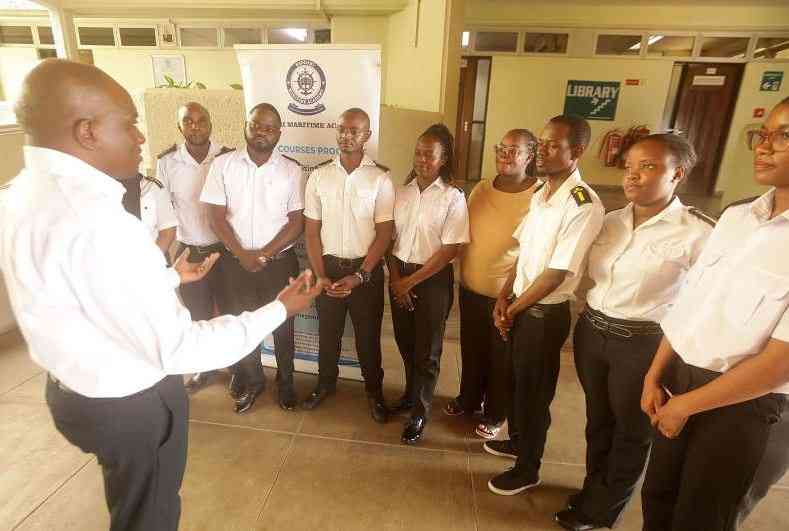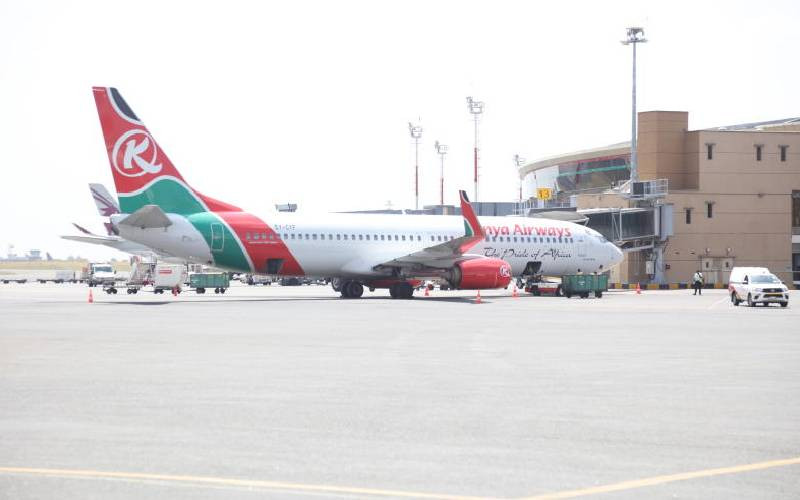×
The Standard e-Paper
Kenya’s Boldest Voice
By Marcus Boit
A map is a graphic representation of a portion of the earth’s surface drawn to scale. It uses colours, symbols and labels to represent features on the ground. The ideal representation is realised if every feature of the area being mapped is shown in its true shape.







